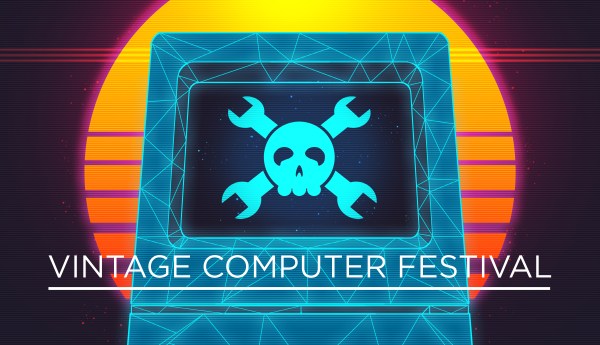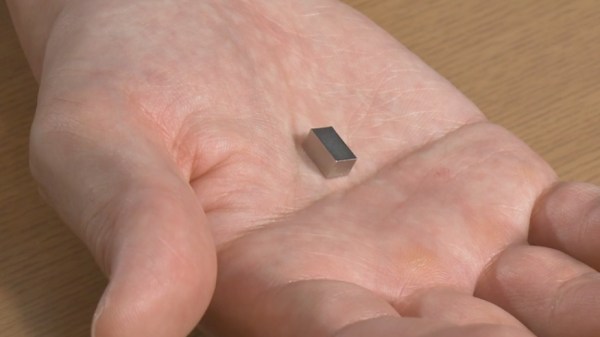The folks at Pen Test Partners decided to take a look at electric vehicle chargers. Many of these chargers are WiFi-connected, and let you check your vehicle’s charge state via the cloud. How well are they secured? Predictably, not as well as they could be.
The worst of the devices tested, Project EV, didn’t actually have any user authentication on the server side API. Knowing the serial number was enough to access the account and control the device. The serial numbers are predictable, so taking over every Project EV charger connected to the internet would have been trivial. On top of that, arbitrary firmware could be loaded remotely onto the hardware was possible, representing a real potential problem.
The EVBox platform had a different problem, where an authenticated user could simply specify a security role. The tenantadmin role was of particular interest here, working as a superadmin that could see and manage multiple accounts. This flaw was patched within an impressive 24 hours. The EVBox charger, as well as several other devices they checked had fundamental security weaknesses due to their use of Raspberry Pi hardware in the product. Edit: The EVBox was *not* one of the devices using the Pi in the end product.
Wait, What About the Raspberry Pi?
Apparently the opinion that a Raspberry Pi didn’t belong in IoT hardware caught Pen Test Partners some flack, because a few days later they published a follow-up post explaining their rationale. To put it simply, the Pi can’t do secure boot, and it can’t do encrypted storage. Several of the flaws they found in the chargers mentioned above were discovered because the device filesystems were wide open for inspection. A processor that can handle device encryption, ideally better than the TPM and Windows Bitlocker combination we covered last week, gives some real security against such an attack. Continue reading “This Week In Security: Insecure Chargers, Request Forgeries, And Kernel Security”


















